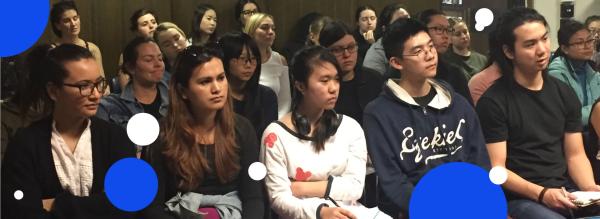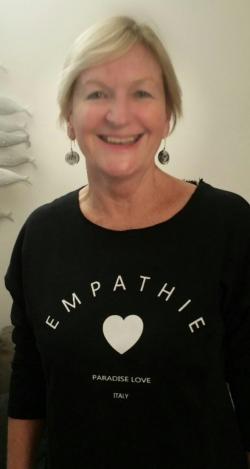
Taking cross-faculty collaboration beyond the Ivory Tower

Sue Dean,
Lecturer, Nursing, Faculty of Health
Profile page
Bringing together nursing and architecture students for a joint project may seem far-fetched. But it was a no-brainer for Faculty of Health Lecturer Sue Dean and School of Architecture Teaching Fellow Samantha Donnelly.
Based on their shared concern about male violence toward women, they launched The Refuge Project and took their students on an unusual journey. In an unlikely alliance, nursing, architecture and landscape architecture students exchanged discipline knowledge and worked with Hornsby council to a design a women’s refuge.
Though still theoretical at this stage, Sue is certain that such projects can revolutionise the way universities work and take academic work beyond the so-called “Ivory Tower”.
“There is so much knowledge and expertise in our university, and we have a wealth of skills and resources. But the problem is that we just publish and present in academia – we don’t use it to make a real change,” she explains.
Despite opposition from their faculties to unite, Sue and Samantha went ahead with the project anyway and its success is hard to ignore.
“The students loved it, they were amazed, surprised and inspired by each other. It was great for them to step outside their discipline and together actually do something in the real world that matters,” she says.
For the future, Sue has every intention to foster more local government and NGO relationships, and actually put some of her students’ projects into practice.
“I believe that we can achieve amazing things if we share our research and work with those organisations that directly work with the community. The way it is now means we lose a lot of opportunities to make a real impact.
“Our students should not only learn their practice, but develop empathy for the communities they will serve and realise that no matter what their discipline is, they can make a change.”
Banner: A group of students sitting and listening.
Case study
The Problem
Although cross-faculty teamwork is known to be beneficial for students, it rarely ever happens. What is more, taking projects outside of academia still receive little support or incentive.
The Response
A team of dedicated UTS teachers from completely different faculties came together to tackle the disconnect between university practices and real life issues.
What helped accomplish this?
The Refuge Project is a joint initiative in which nursing, architecture and landscape architecture students collaborated to develop a women’s refuge.
What has changed as a result?
Through this project, students increased awareness of their responsibility as professionals, developed empathy for the community they serve and improved their discipline practices.
Download full case study
